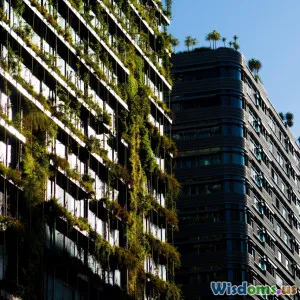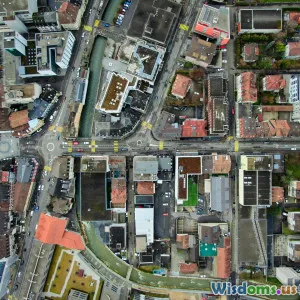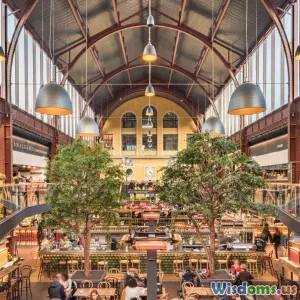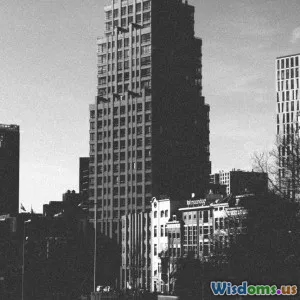
The Importance of Public Spaces in Urban Design
6 min read Explore how public spaces enhance urban design and community well-being. (0 Reviews)
The Importance of Public Spaces in Urban Design
Public spaces are the heart of urban areas, serving as essential venues for social interaction, recreation, and cultural expression. From bustling parks to serene plazas, these spaces profoundly influence the quality of life in cities. This article delves into the importance of public spaces in urban design, exploring their role in fostering community engagement, promoting health and well-being, and enhancing the overall aesthetic and environmental quality of urban areas.
Fostering Community Interaction
Public spaces are crucial for community cohesion. They provide a platform for residents to gather, interact, and build relationships. For instance, well-designed parks and squares encourage informal gatherings and organized events, such as farmers' markets, festivals, and concerts. These activities foster a sense of belonging, encouraging residents to participate in their community actively.
Moreover, public spaces can serve as a melting pot for diverse populations, allowing people from various backgrounds to connect and share experiences. The more inclusive and accessible these spaces are, the more they contribute to social equity and community integration.
Example: The High Line in New York City
The High Line, an elevated linear park built on a former railway track, exemplifies how public spaces can transform urban environments. This innovative park not only provides a green oasis for residents and visitors but also promotes community interaction through art installations, performances, and a variety of programming. The High Line has become a symbol of urban renewal, demonstrating the potential of public spaces in enhancing community life.
Promoting Health and Well-Being
Access to public spaces is directly linked to the physical and mental health of urban residents. Green spaces, in particular, offer numerous health benefits, including opportunities for exercise, relaxation, and socialization. Studies have shown that spending time in nature can reduce stress, improve mood, and enhance overall well-being.
Public spaces encourage active lifestyles by providing areas for walking, jogging, cycling, and playing sports. Communities that prioritize accessible parks and recreational facilities promote healthier habits among residents, contributing to lower obesity rates and improved public health outcomes.
Research Findings
According to a study published in the Journal of Environmental Psychology, people who have easy access to green spaces are more likely to engage in physical activities and report higher levels of happiness compared to those without such access. This underscores the critical role of public spaces in fostering healthier urban environments.
Enhancing Aesthetic and Environmental Quality
Public spaces significantly contribute to the aesthetic appeal of cities, enhancing their visual identity and character. Well-designed parks, plazas, and streetscapes can create a sense of place, making urban areas more inviting and enjoyable. Elements such as landscaping, public art, and seating areas can enhance the sensory experience of a space, encouraging people to linger and explore.
Furthermore, public spaces play a vital role in promoting environmental sustainability. Green areas help mitigate urban heat, improve air quality, and support biodiversity. Incorporating natural elements into urban design can also contribute to climate resilience, helping cities adapt to the impacts of climate change.
Example: The Millennium Park in Chicago
Millennium Park in Chicago is a prime example of how public spaces can enhance urban aesthetics while promoting environmental stewardship. The park features sustainable design elements, including green roofs, rain gardens, and native plantings. It serves as a vibrant cultural hub, offering residents and visitors a unique blend of art, architecture, and nature.
Conclusion
In conclusion, public spaces are indispensable components of urban design, serving as vital venues for community interaction, promoting health and well-being, and enhancing the aesthetic and environmental quality of cities. As urban areas continue to grow and evolve, prioritizing the development and maintenance of inclusive, accessible public spaces is essential for creating livable, vibrant, and sustainable communities. By investing in these spaces, cities can foster social connections, improve public health, and create environments that enrich the lives of their residents.
Call to Action
Urban planners, architects, and policymakers must recognize the multifaceted benefits of public spaces and work collaboratively to integrate them into urban design strategies. By doing so, we can create cities that not only meet the needs of their inhabitants but also promote a thriving urban ecosystem for generations to come.
Rate the Post
User Reviews
Popular Posts





















